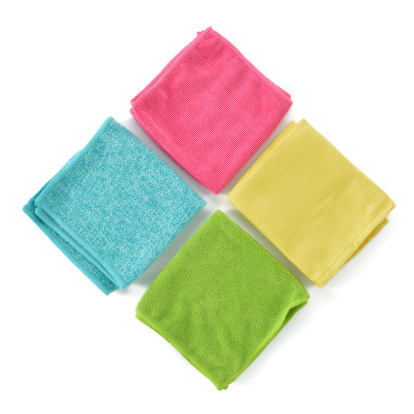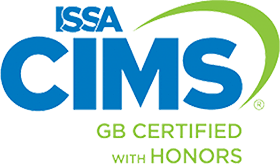Your Cleaning Service Could Be Making Your Facilities Dirtier

When we think of cleaning we don’t often associate it with making an environment dirtier or more germy, but with an ill trained janitorial company, that’s exactly what they might be doing in your facilities. Cross contamination and cleaning for health are big issues within the building services industry and if your cleaning company or janitorial service isn’t making these issues a priority, they aren’t offering you top quality services or safeguarding the health of you and your team.
Simply touching a contaminated surface and then coming into contact with another surface will quickly spread diseases around any facility. Cold and influenza viruses are found on 30 percent of surfaces in commercial offices. Pair this with the fact that people touch about 30 objects a minute and it’s easy to see why cross-contamination is a serious threat. While these statistics are alarming enough, keep in mind this only pertains to office areas. Imagine how bad it would be if diseases from the restroom find their way into the office. If you pick up salmonella in the restroom, it’ll be in the items you were using to clean. Now, if you bring those same items out into the general office area, you’ve just contaminated the entire office. Imagine what you are coming into contact with if the same rag used to wipe down a urinal is used to dust your desk.
Implementing a Color Coding System
 Using color-coded mop heads, buckets, rags, microfiber cloths and other hand tools will help reduce the potential for cross-contamination by ensuring tools used to clean high-risk areas are clearly identified and used exclusively in those areas. What system works best for color-coding cleaning items like towel, rags and mop heads? The industry standard color-coding system includes red for high-risk areas such as toilets and urinals; yellow for low-risk restroom areas including sinks and mirrors; blue for all-purpose cleaning (dusting, window cleaning, wiping desks, etc.) in other areas of a facility; and green for food-service areas.
Using color-coded mop heads, buckets, rags, microfiber cloths and other hand tools will help reduce the potential for cross-contamination by ensuring tools used to clean high-risk areas are clearly identified and used exclusively in those areas. What system works best for color-coding cleaning items like towel, rags and mop heads? The industry standard color-coding system includes red for high-risk areas such as toilets and urinals; yellow for low-risk restroom areas including sinks and mirrors; blue for all-purpose cleaning (dusting, window cleaning, wiping desks, etc.) in other areas of a facility; and green for food-service areas.
Getting Front Line Cleaners On Board
For employees used to doing things the old way, putting a color-coding system in play can require training, time and reinforcement. With cleaning crews who are used to doing things a certain way, a new system can seem silly or even a waste of time. It is critical that crew leaders and managers hold front line cleaners to the new system, reinforcing its importance and rewarding team members who embrace this cleaning for health requirement. Sometimes switching to color-coded products can be difficult because cleaners are used to routine. To avoid the potential problems, janitorial service providers can post a color-coding chart to serve as a handy visual reminder. Cleaners can also be designated tasks based on the color systems. Implementing color-coded products is not always a smooth process but make it a priority and before long, everyone will get on board.
To reach these employees, Building Services Contractors (BSCs) need to do more than just train how to use the different colors to clean, they need to be clear about why the system matters. The most important thing is for workers to know about the germs they are spreading. Once employees understand they are reducing the spread of germs, most get on board immediately and with few problems. For some workers, color-coding even brings about a sense of empowerment by giving them a clear system to follow and allowing them to feel some responsibility for safeguarding the public health.
Cleaning Color Coding System Also Valuable Assessment Tool
The managerial advantages inherent in switching to color-coded tools also have some hidden benefits. Using specific colors can make it easier for supervisors to monitor employees and make sure they are cleaning correctly. Building Services Contractors can get an accurate picture of what’s going on in the building when laundering the cloths and mop heads. For example, if twenty red mop heads are typically used to clean a building and now there are only 8 mop heads to wash, supervisors will know either mop heads aren’t being changed often enough or that area is being cleaned less frequently.
The Bottom Line With Cleaning & Cross Contamination Issues
With proper training that includes the “whys” of cleaning along with the “how-tos,” employees will better understand the new products and be able to protect their customers from the threat of cross-contamination. As building services contractors, we all understand that there’s a great deal of competition out there. Anything we can do to implement industry best practices and tangibly demonstrate our commitment to excellence with our current and prospective customers will not only help us get and keep business, it will elevate the perception of our industry. Color-coding cleaning items may be a new system for you and your employees to get used to but the bottom line is it is better than what was done before, it’s reasonable and low cost to implement and our customers deserve our best.




Leave a Reply